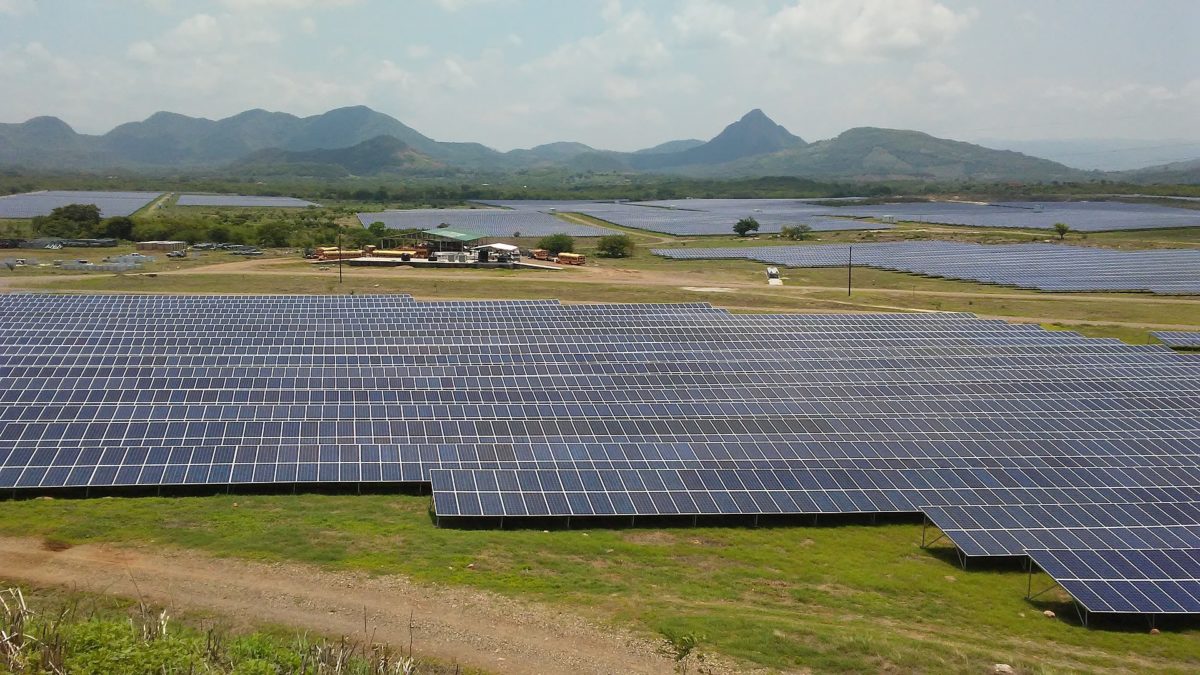Researchers from the Australian National University (ANU) have quantified losses in PV‐based solar hydrogen generation systems and have proposed a series of loss-mitigation techniques to improve solar‐to‐hydrogen (STH) conversion efficiencies.
In the study Quantifying and Comparing Fundamental Loss Mechanisms to Enable Solar‐to‐Hydrogen Conversion Efficiencies above 20% Using Perovskite–Silicon Tandem Absorbers, published in Advanced Energy & Sustainability Research, the scientists identified STH efficiency as the crucial factor that needs to be improved to reduce the overall costs of PV-powered hydrogen generation. “The U.S. Department of Energy has set a target of 20% STH efficiency by 2020 and an ultimate goal of 25%, to ensure the economic viability of PV‐based solar hydrogen generation for large scale hydrogen production,” they specified, adding that current efficiency levels range from 10-15%.
Higher STH efficiency, of around 18%, has already been reached at an experimental level, according to the Australian group, with the use of perovskite‐silicon tandem PV modules. “However, despite good progress, further advances are required to achieve STH efficiencies above 20% with low‐cost materials,” it further explained.
Understanding the different loss mechanisms affecting STH conversion is still problematic, the ANU researchers went on to say, and the loss‐mitigation techniques that are currently being used increase the costs and complexity of PV-based hydrogen generation.
The two most significant losses identified by the scientists are related to the heat loss in the PV unit and the current and voltage matching requirements between the PV unit and the water‐splitting reaction. To mitigate the first one, they proposed a thermal integration technique to increase the electrolyte temperature and improve the reaction dynamics for water splitting while for the second, they suggested utilizing a power management unit to decouple the PV unit from the reaction.
A temperature‐dependent model of an ideal system was developed to assess the extent of the losses and the effect of the proposed mitigation techniques. According to their measurements, the standard system, without any loss mitigation, demonstrated an STH efficiency of 17.5%. With rising temperatures, however, the efficiency dropped to 10.9% and only by applying the thermal integration technique were the academics able to raise it up to 13.4%.
Through the power management unit, they were also able to increase it further, to 20.3% at room temperature, and to 17.9% at high operating temperatures without any thermal integration. “Combining the two different loss‐mechanism techniques gives the maximum improvement, resulting in an STH efficiency of 19.4% at realistic operating temperatures of 343 K for a thermally integrated decoupled system,” the research group explained.
The experiment confirmed that the use of the two techniques adds complexity and costs to PV-based hydrogen generation. “We have avoided a detailed techno-economic comparison of the systems considered here because of the difficulty in cost estimations for emerging technologies and the loss of generalization,” the researchers concluded. “However, it will be important to understand the economics of different loss‐mitigation techniques for commercial systems.”
This content is protected by copyright and may not be reused. If you want to cooperate with us and would like to reuse some of our content, please contact: editors@pv-magazine.com.




If by solar‐to‐hydrogen (STH) efficiency (Ꞃ) [STHꞂ], the authors mean how much of the solar radiation (Kw/m2/hr) that powers a PV farm is then converted into hydrogen (kgH2;MWhH2), the calculation can be done, for investment purposes, by just knowing the PV farm efficiency, the efficiency of the PV farm to H2 electrolyzer plant transmission system and the H2 electrolyzer plant efficiency. The levelized cost of H2 (LCOH) can also be computed.